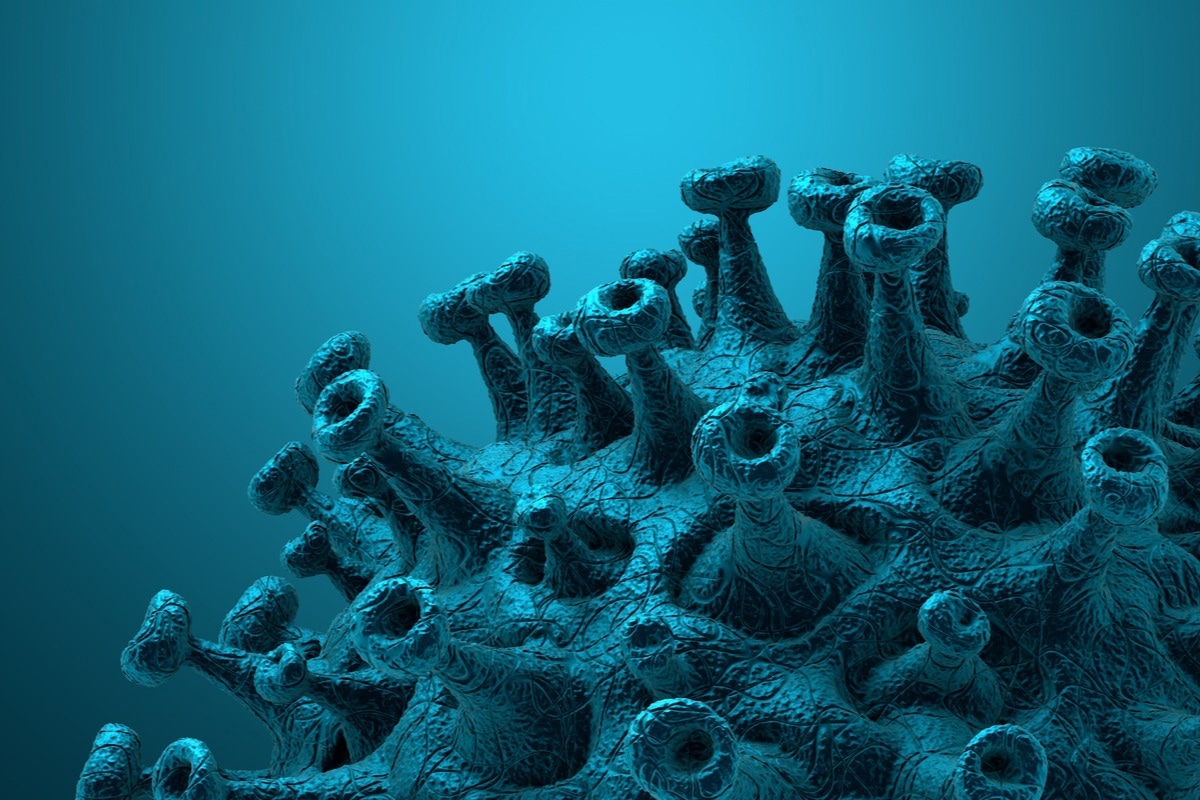In a recent review posted to the medRxiv* preprint server, researchers presented the PREVENT-19 [refusion protein subunit vaccine efficacy Novavax trial–coronavirus disease 2019 (COVID-19)] phase 3 trial findings on the effectiveness of the NVX-CoV2373 (Novavax) adjuvanted, recombinant S nanoparticle vaccine.

The establishment of validated immunological biomarkers could guide research for the development of next-generation severe acute respiratory syndrome coronavirus 2 (SARS-CoV-2) vaccines by providing immunogenicity analysis endpoints that enable the ranking and selection of vaccine candidates.
For several vaccines, titers of binding antibodies (bAbs) or neutralizing antibodies (nAbs) have been validated as correlates of protection (CoPs).
About the study
In the present review, researchers reported on NVX-CoV2373 effectiveness evaluated in the PREVENT-19 trial based on the generation of anti-SARS-COV-2 spike (S) immunoglobulin G (IgG) titers and 50% inhibitory dilution, (ID50) nAb titers two weeks post double NVX-CoV2373 vaccination.
In addition, whether the two antibody titers could be considered CoPs and the risk against symptomatic SARS-CoV-2 infections were determined.
The randomized, placebo-controlled trial was conducted in the United States (US) and Mexico, the immunogenicity subset analysis of which comprised 12 vaccinees with polymerase chain reaction (PCR)-confirmed breakthrough SARS-CoV-2 infections and 639 vaccinees without breakthrough infections. In addition, the same antibody markers were assessed in the messenger ribonucleic acid (mRNA)-1273 phase 3 coronavirus efficacy (COVE) clinical trial (with the exception that in the COVE trial, the antibody markers were evaluated after four weeks of the second mRNA-1273 vaccination).
The PREVENT-19 trial participants were aged >18 years and received double NVX-CoV2373 vaccination between 27 December 2020, and 18 February 2021. Vaccinees who developed SARS-CoV-2 infections after day 35 visit (D35) were referred to as breakthrough cases. The data cut-off date for COVID-19 primary endpoints was 19 April 2021.
Serum samples were obtained on Day 0 (D0) and D35 for evaluation of the anti-S IgG and nAb titers. The anti-S IgG titers were evaluated using the solid-phase electrochemiluminescence S-binding IgG immunoassay (ECLIA) and the nAb ID50 titers were assessed using pseudovirus neutralization assays. D35 serological measurements were evaluated as correlates against symptomatic COVID-19 (endpoint).
Data adjustments for the serological correlates’ analyses data were performed to obtain a baseline risk score described as the logit of estimated SARS-CoV-2 infection risk based on machine learning analysis of baseline data. The input variables used for the risk score and adjusted hazard ratio (aHR) calculation were sex, age, presence of comorbidities, ethnicity, weight, height, and the body mass index (BMI) of the participants.
Results
Out of the trial participants, 47% were aged ≥ 65 years, 47% were women and 50% had comorbidities associated with a high risk of COVID-19 severity such as obesity, type 2 diabetes mellitus, chronic renal disorders, chronic pulmonary disorders, and cardiovascular disorders. Over 42% of the participants were Non-Hispanic Whites (minors), of which 20% of the participants were African Americans or Black American, 21% were Latinos or Hispanics, and 3% were Alaska Natives or American Indians.
Among the vaccinees, the aHRs of SARS-CoV-2 infections after NVX-CoV2373 vaccination were 0.4 for every 10-fold increase of both the anti-S IgG and nAb ID50 titers. At S IgG concentrations of 100 binding antibody units (BAU)/ml, 1000 BAU/ml, and 6934 BAU/ml, vaccine effectiveness in reducing the likelihood of COVID-19 development after day 59 (D59) of antibody marker assessment was 66%, 88%, and 95%, respectively. For nAb ID50 titers of 50 IU50/ml, 100 IU50/ml, 1000 IU50/ml, and 7230 IU50/ml, the corresponding values were 76%, 82%, 93%, and 97%, respectively.
Anti-S IgG titers were marginally lower whereas the nAb ID50 titers against SARS-CoV-2 were marginally higher after NVX-CoV2373 vaccination compared to mRNA-1273 vaccination. While the nAb ID50 titers correlates were similar for both vaccines, the anti-S IgG titers were more strongly correlated with the NVX-CoV2373 vaccine doses, based on the changes in vaccine effectiveness across different antibody concentrations and the aHRs.
Conclusions
Overall, the study findings showed that the anti-S IgG titers and ID50 nAb titers were strong correlates of risk and immune protection for both the NVX-CoV2373 and the mRNA-1273 vaccines. The findings underpin the potential cross-vaccine platform uses of the two serological markers to guide decision-making on the authorization and usage of COVID-19 vaccines.
However, further research with larger sample sizes of breakthrough cases is required to determine the quantitative association between the antibody titers and vaccine effectiveness. Researchers must also aim to identify the assay that performs best for CoP and risk correlate analysis against SARS-CoV-2 strains more genetically divergent from the NVX-CoV2373 vaccine strain (Wuhan-Hu-1 strain), such as the Delta strain and the Omicron strain.
*Important notice
medRxiv publishes preliminary scientific reports that are not peer-reviewed and, therefore, should not be regarded as conclusive, guide clinical practice/health-related behavior, or treated as established information.
- Youyi Fong, et al. (2022). Immune Correlates Analysis of the PREVENT-19 COVID-19 Vaccine Efficacy Clinical Trial. medRxiv. doi: https://doi.org/10.1101/2022.06.22.22276362 https://www.medrxiv.org/content/10.1101/2022.06.22.22276764v1
Posted in: Medical Science News | Medical Research News | Disease/Infection News
Tags: Antibodies, Antibody, Assay, Body Mass Index, Chronic, Clinical Trial, Coronavirus, Coronavirus Disease COVID-19, covid-19, Diabetes, Diabetes Mellitus, Efficacy, Immunoassay, Immunoglobulin, Machine Learning, Nanoparticle, Obesity, Omicron, Placebo, Polymerase, Polymerase Chain Reaction, Protein, Pseudovirus, Research, Respiratory, Ribonucleic Acid, SARS, SARS-CoV-2, Severe Acute Respiratory, Severe Acute Respiratory Syndrome, Syndrome, Type 2 Diabetes, Vaccine

Written by
Pooja Toshniwal Paharia
Dr. based clinical-radiological diagnosis and management of oral lesions and conditions and associated maxillofacial disorders.
Source: Read Full Article
